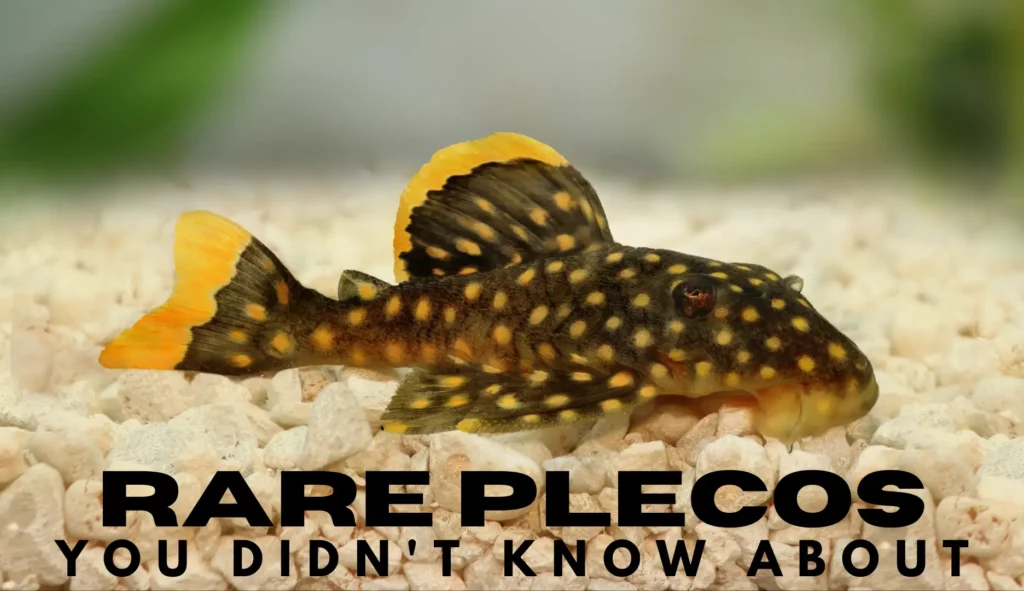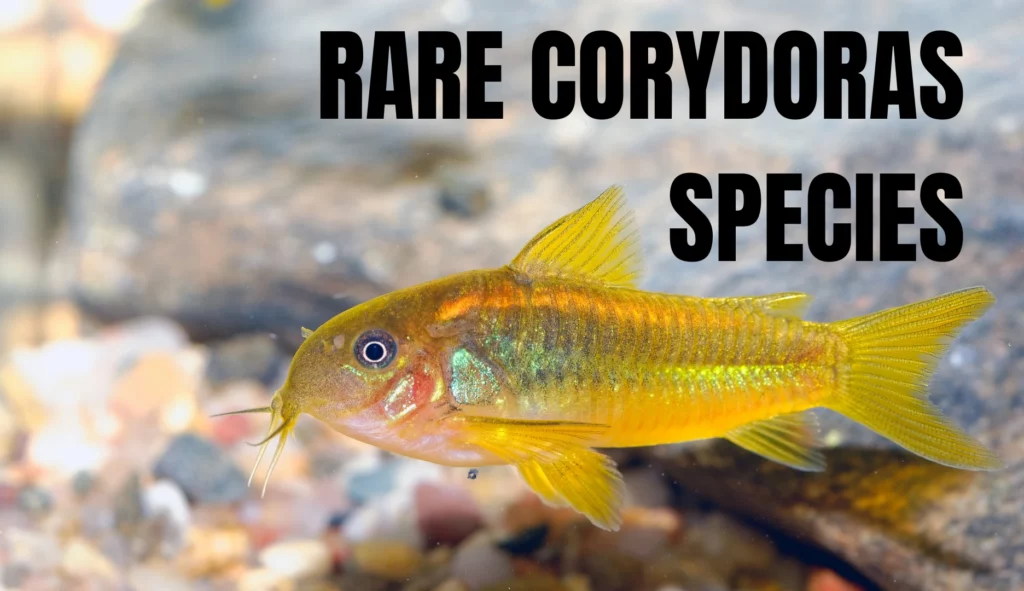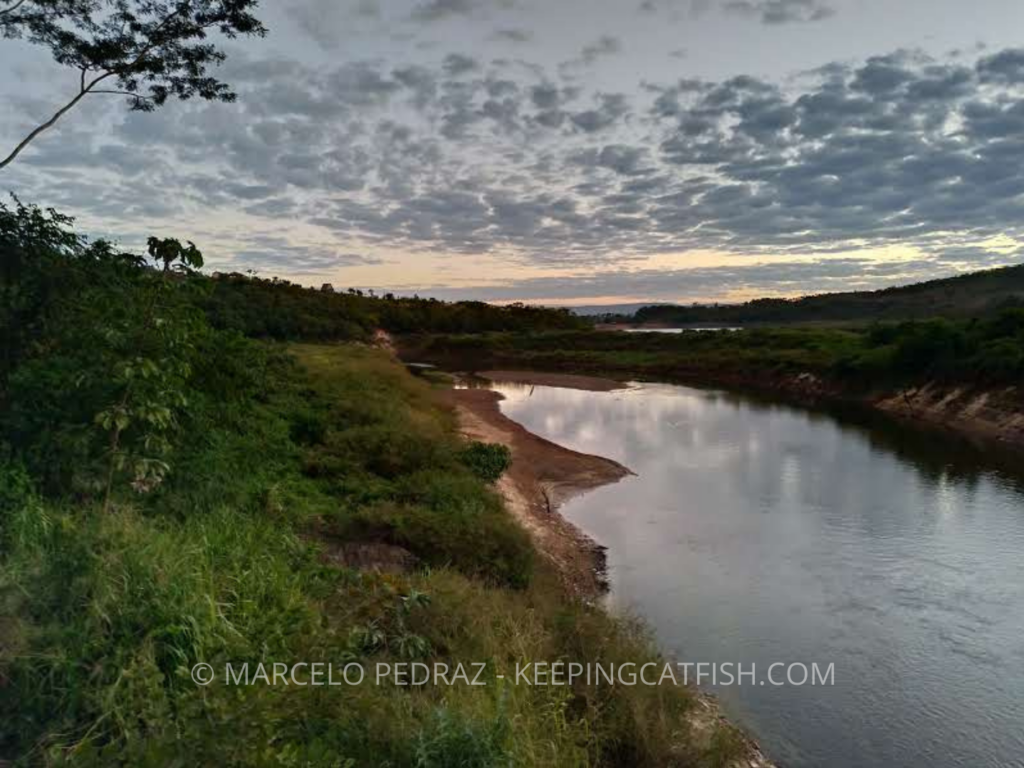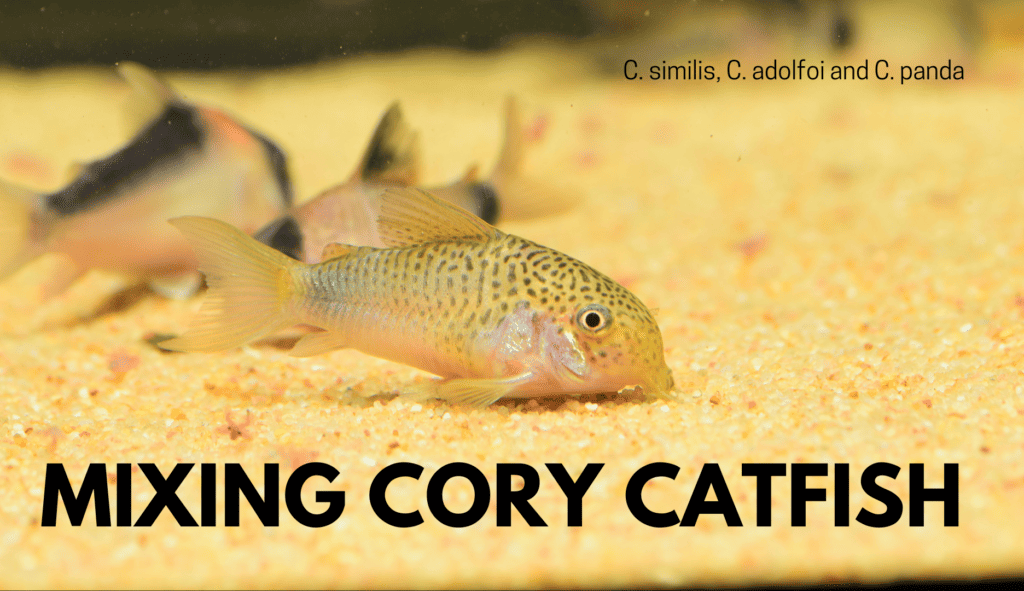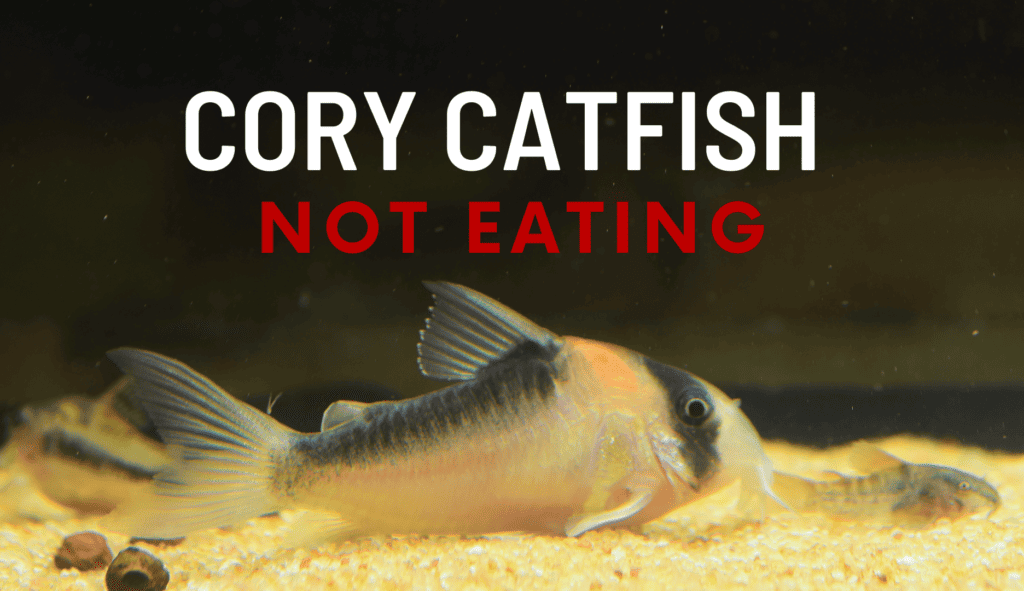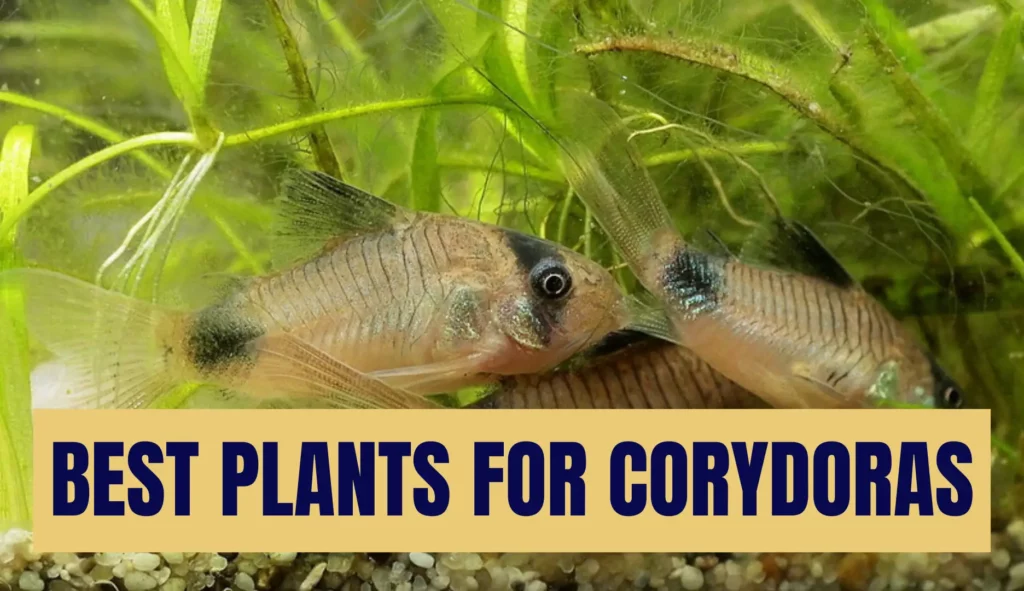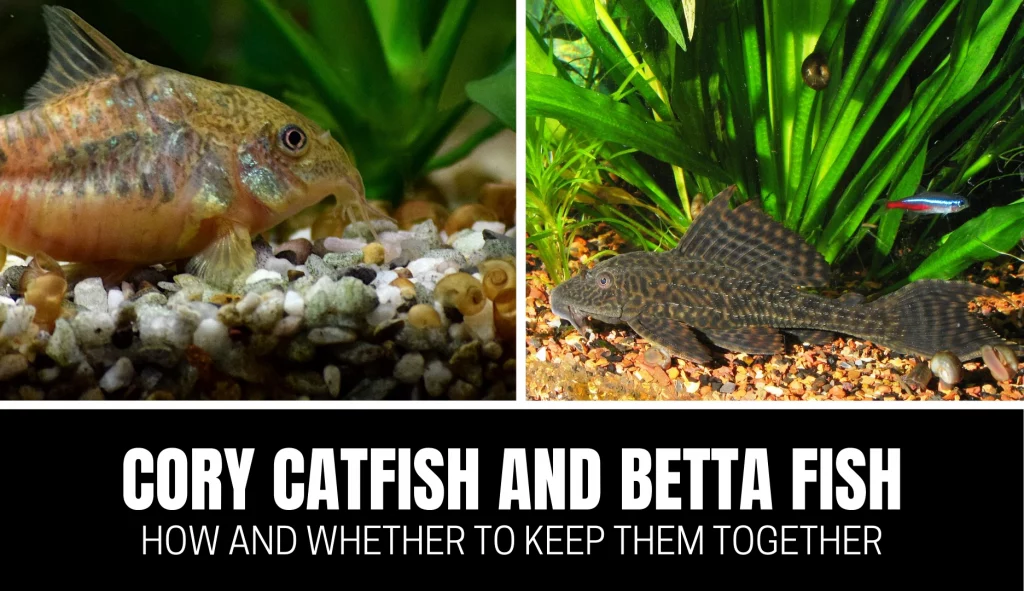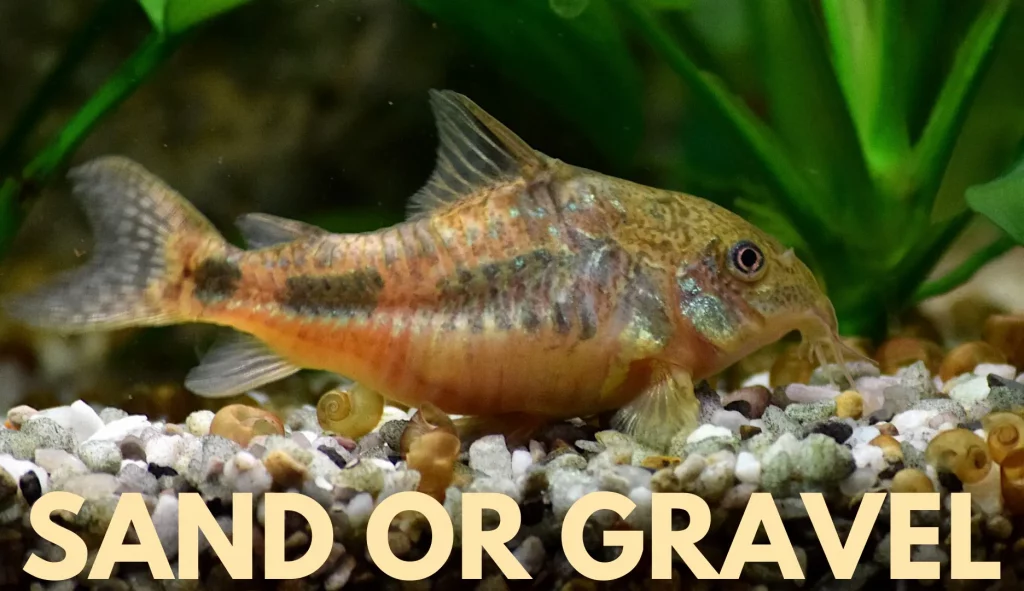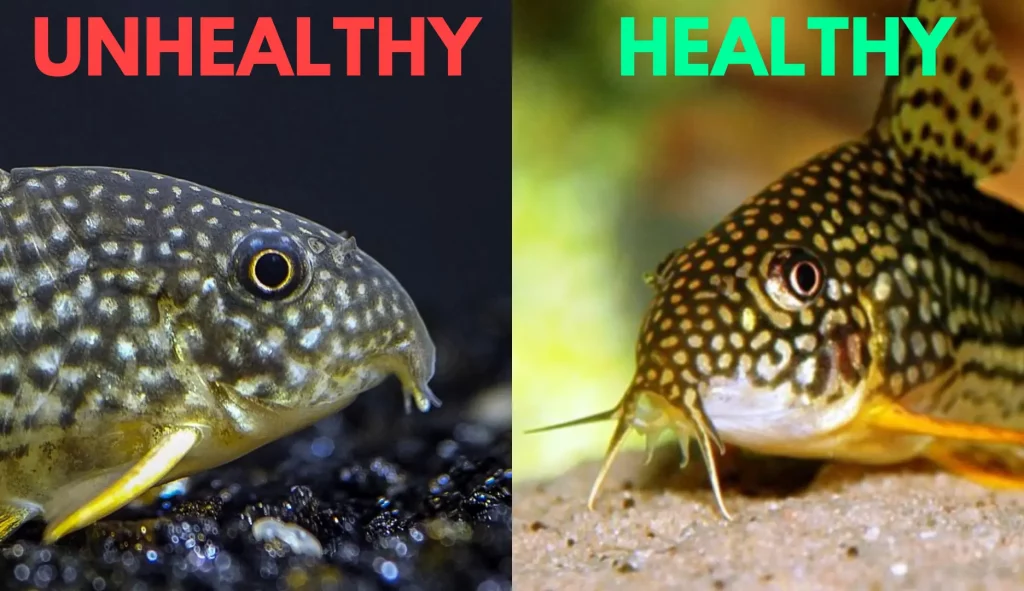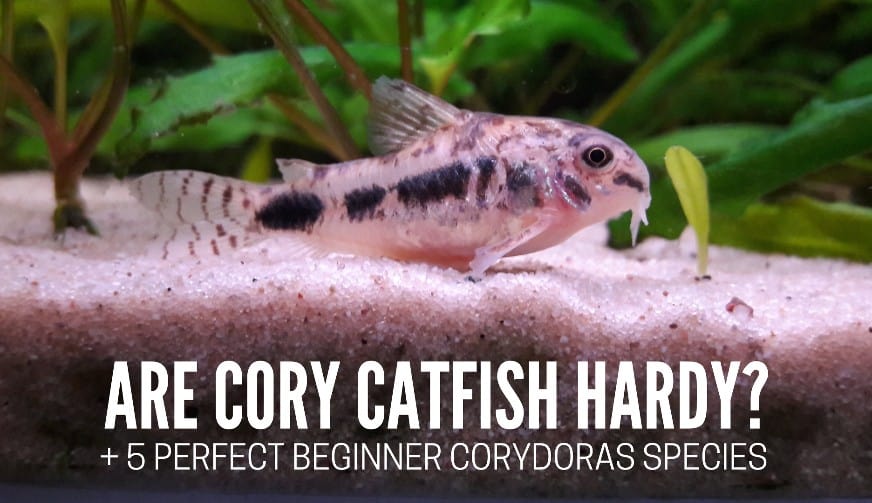Plecos are surprising, mysterious, and beautiful fish.
This article will cover 7 unique and rare pleco types, including their care and prices.
Expect to be surprised!
1. Zebra pleco

The Zebra Pleco, scientific name Hypancistrus zebra, is a classic pleco among lovers of these fish and a true hobby treasure. This pleco captivates even non-aquarists with its distinctive zebra-like appearance. You can easily recognize the species by its striped pattern and small size.
Their lush, colorful fins add an elegant edge to their look, making them one of the most coveted fish in the aquarium world.
The black and white stripes on the zebra pleco’s body are distinguishing features.
This color combination creates a contrast that makes this fish exceptional.
The bars continue into the fins, complementing its remarkable aesthetic. In size, an adult zebra pleco reaches about 8-10 cm. They have large eyes positioned above the middle portion of their head.
While there may be some resemblance to other Hypancistrus that also have stripes, the specific, straight-lined pattern of the zebra pleco makes it easily differentiated from any other species. Its uniqueness is one of the main reasons it is so rare and prized.
Why zebra plecos are so rare and expensive
Zebra Pleco’s rarity is due to a combination of factors.
Its geographic origin is restricted to a region of the Xingu River in the Brazilian Amazon, and its collection is prohibited, which impacts and contributes to its limited availability.
Natural habitat and origin
The zebra pleco originates from the rapid waters of the Xingu River, more specifically in the region highly impacted by the Belo Monte hydroelectric plant.
Its natural habitat includes deep, pristine water areas and rocks forming crevices and hiding places. The presence of aquatic vegetation is null, and the substrate is a mixture of different sizes of gravel and sand.
Care
Zebra pleco is an easy fish to care for, as long as the aquarium water is in the essential conditions for the species.
Include hiding places, creating a safe space for them to shelter, and open areas for them to swim. The water temperature should be between 25°C and 28°C, while the pH can be neutral.
2. L236 Super White Pleco
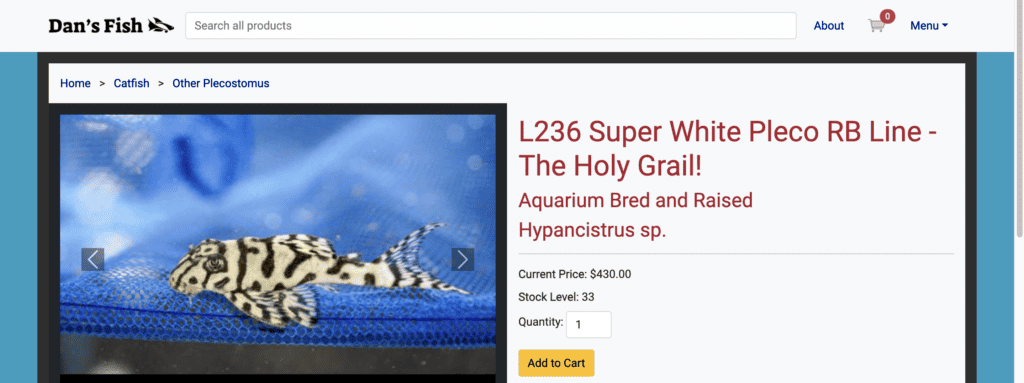
The L236 ‘Super White’ is a relatively new fish to the hobby but is highly sought after for its elegant appearance. This species belongs to the genus Hypancistrus and has not yet been classified by science.
Asian breeders isolate the ‘Super White’ variety from wild individuals with a more prominent white coloration around the black marks.
The most distinguishing feature of the L236 Super White Pleco is its solid white coloration uniform across its body, extending down to its fins. On the white base, we find vermiculated black markings. As an adult, the fish reaches about 4-5 inches (10-12 inches).
Why is the L236 pleco so rare?
Care
3. Golden nugget pleco
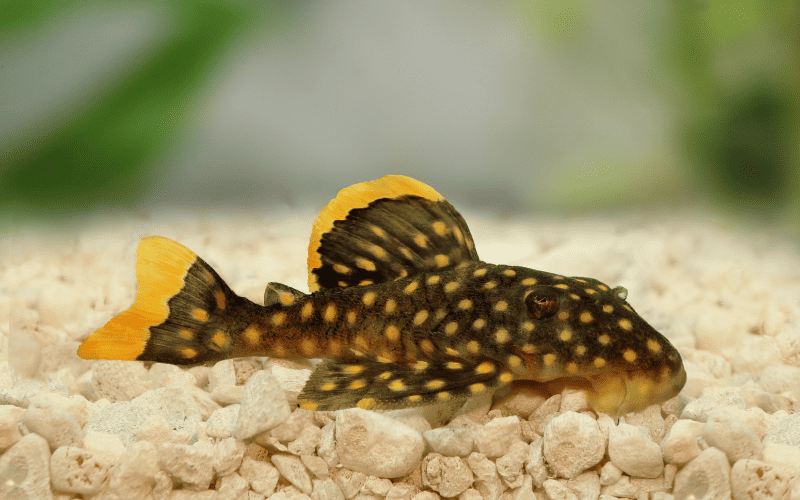
The golden nugget pleco, or Baryancistrus xanthellus, is one of the most requested plecos among aquarists. This species is notable for its vibrant colors and striking patterns that differ greatly between individuals and the place of capture.
The most distinctive attribute of this pleco is its gold dot markings on a dark body. The fins also have these spots, and the dorsal and anal fins have a band in the same color.
The yellow is so intense that it earned the suggestive name “golden nugget.” This pleco reaches large sizes, over 24 cm centimeters in the wild.
Similarities and uniqueness
The gold nugget pleco displays many colors and markings about its capture location. There are so many types that aquarists and scientists have difficulties telling them apart.
That is why this same species is cataloged under more than one number (L081, L085, L177, LDA060, LDA116, LDA117, L018). Differentiating these animals is incredibly difficult and has been synonymous with discussion among hobbyists and scientists.
The rarity of the golden nugget pleco is due to its difficulty reproducing in captivity, the delay in sexual maturation, and the great loss in transport.
Care
As hard as this fish is, it is difficult to keep it masterfully. Slow growing, it is a pleco specialized in feeding on biofilms, this is a problem in aquariums.
A lot of vegetable protein should be included in the diet, along with a little animal protein. The water must always be of perfect quality, and the aquarium must be stress-free, with hiding places.
4. Blue Phantom Pleco
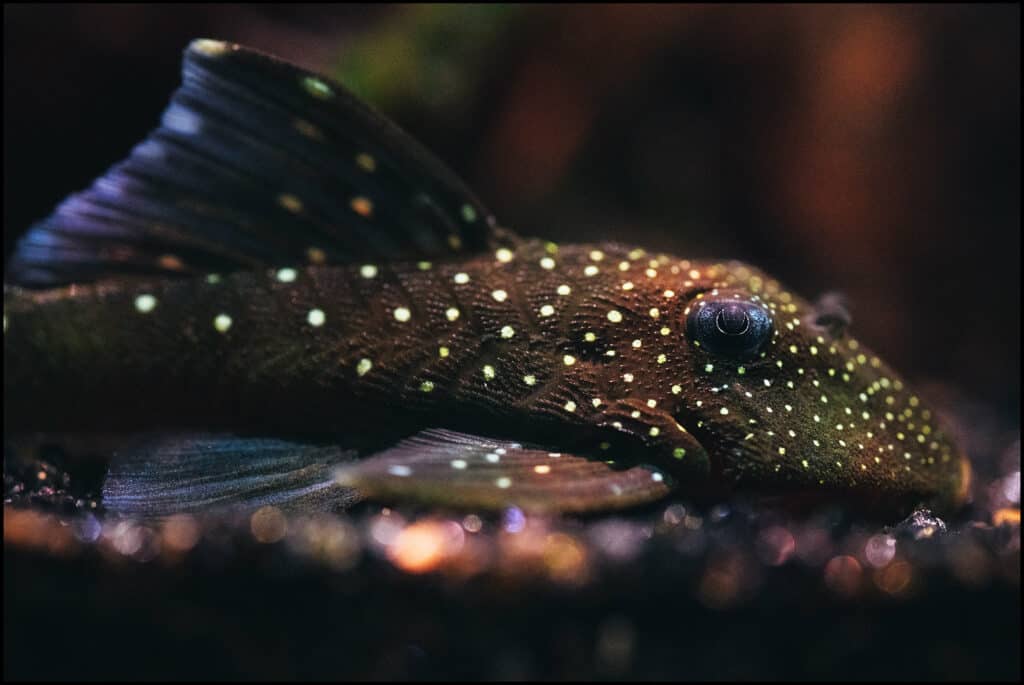
Blue phantom pleco (L128) is a beautiful and relatively rare pleco. Belonging to the genus Hemiancistrus, this species not yet described by science is known for its dark blue hue and painted pattern.
The most distinctive attribute of this pleco is its deep, dark coloring, which shimmers a bluish hue. The body is adorned with light spots, including the fins.
Despite being requested and desired, it is a pleco that spends most of its time hidden in the aquarium, making it difficult to see. Adult specimens reach about 20 cm.
Similarities and uniqueness
Blue phantom pleco may share some visual characteristics with other plecos, such as Baryancistrus and Hypancistrus. Still, by noting the bluish sheen and its slender shape, it is easily identifiable. Its deep blue hue is a rare and distinctive feature.
Its rarity is due to its limited geographic origin, the species’ sensitivity to transport, and the growing demand among aquarium hobbyists.
Natural habitat
Care
5. Queen Arabesque pleco (L260)
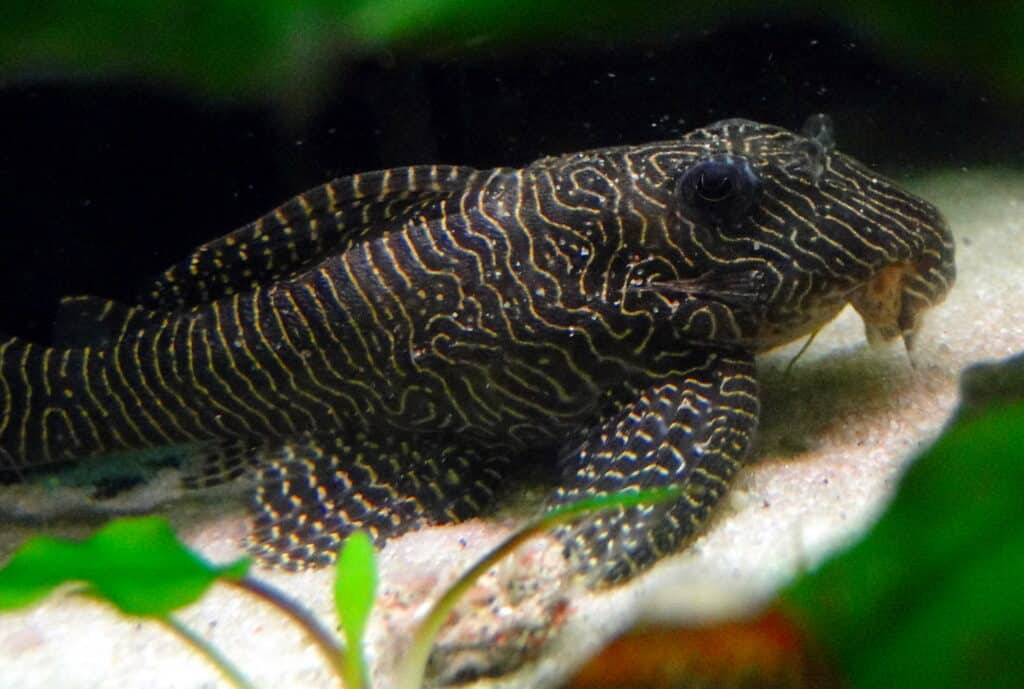
Queen arabesque pleco is another fish yet to be not identified by science belonging to the genus Hypancistrus. This species has a white base covered with aberrant and intricate black stripes.
The intricate black and white patterns create an amazing effect on the fish’s body, resembling arabesques. It is a peaceful fish and (when well cared for) easily seen in the aquarium. Its size is around 4 inches (10 cm).
Natural origin
Care
7. Snowball/ Orinoco Angel pleco(L201)
Similarities and uniqueness
At first glance, the snowball pleco can be confused with several other plecos, such as some Ancistrus and Hypancistrus species. After a good meticulous look however, especially at the shape of the tail and head, it is easy to identify correctly.
Natural habitat
Care
It is an adaptable fish that is easy to care for and can be shy. The water temperature should be maintained between 22°C and 28°C, while the pH should remain between 6 and 7.2.

